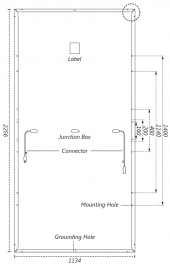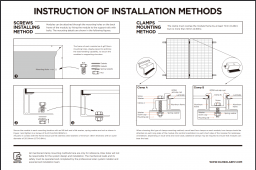MaximusAnonus
New Member
Hi,
I have another "the local bigshots are suggesting something and I don't quite believe them" question:
I've bought a lot of 550Wp DAH panels a few months back for my own use and mounted them quite successfully on my roofs. These panels are quite big (89 inches tall 45 inches wide) but since I have really good roof access the mounting wasn't THAT painful. Still it took longer then expected so this is probably one of the reasons the big shots aren't using them.
Recently I've been told that I messed up big time and that these "big" panels will be all dead with 4 years. Supposedly they are so big that they flex and the solar cells themselves crack and die really soon. And if the cells don't crack then the outer frame separates from the glass and water damage kill the panels first.
Supposedly only small 400-ish Wp panels are used when you really want your installation to last anything bigger and it's only good for a few years.
Now I find that hard to believe. It sound more like the panels are either too big to be mounted quickly so the companies are trying to dissuade people from wanting them. Or they are too big to reach the mount points easily so the crews mounting them are leaning on the glass too much, cracking the cells during installation which kills the panels within a few years.
Thoughts?
I have another "the local bigshots are suggesting something and I don't quite believe them" question:
I've bought a lot of 550Wp DAH panels a few months back for my own use and mounted them quite successfully on my roofs. These panels are quite big (89 inches tall 45 inches wide) but since I have really good roof access the mounting wasn't THAT painful. Still it took longer then expected so this is probably one of the reasons the big shots aren't using them.
Recently I've been told that I messed up big time and that these "big" panels will be all dead with 4 years. Supposedly they are so big that they flex and the solar cells themselves crack and die really soon. And if the cells don't crack then the outer frame separates from the glass and water damage kill the panels first.
Supposedly only small 400-ish Wp panels are used when you really want your installation to last anything bigger and it's only good for a few years.
Now I find that hard to believe. It sound more like the panels are either too big to be mounted quickly so the companies are trying to dissuade people from wanting them. Or they are too big to reach the mount points easily so the crews mounting them are leaning on the glass too much, cracking the cells during installation which kills the panels within a few years.
Thoughts?




